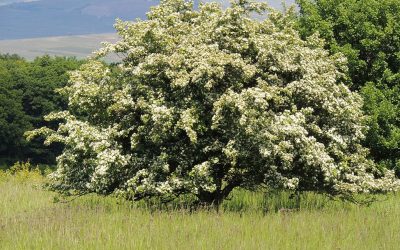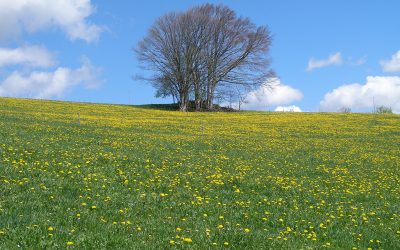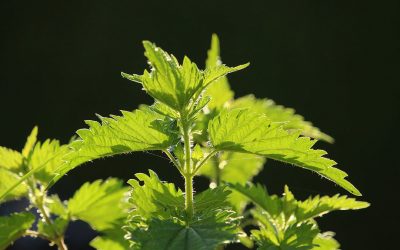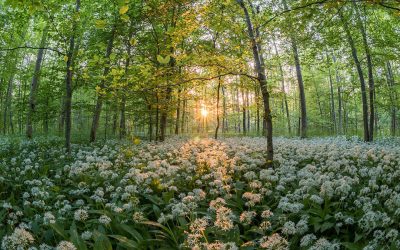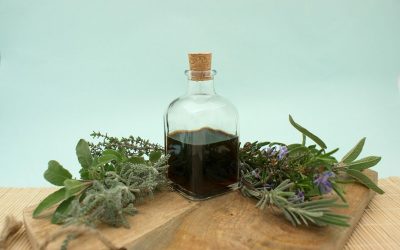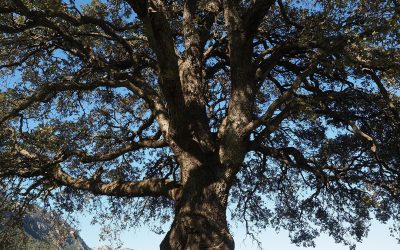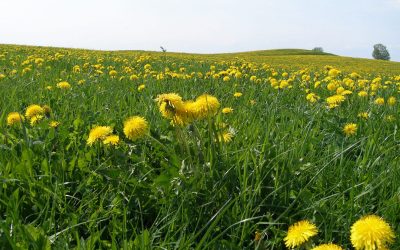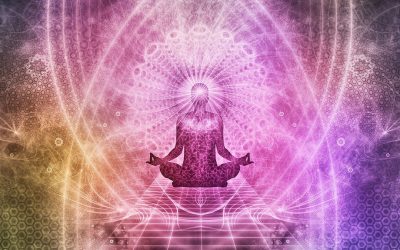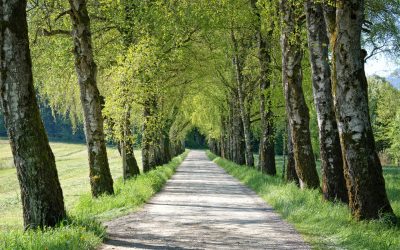Nature Notes:

Winter Solstice
Happy Winter Solstice, may your light shine bright!
The Winter Solstice marks the shortest day and longest night of the year. The trees have lost their leaves, and all signs of life have retreated below ground. Frozen in time, the land lies barren. Barely rising above the horizon, the Sun only sends a few feeble rays of light. The birds have left on their long journey to milder climes. The Earth has entered hibernation mode.
And yet, we find cause to rejoice at these darkest times! Deep within the Earth, a tiny light is born! Fragile as a baby in its crib, the sun-saviour god returns.
We are on the threshold of a new cycle, not yet sure if the baby will grow. But where there is life; there is hope.
In the old days, the 12 days of Christmas marked a time, when the veil between the worlds is thin, and spirits pass through. The same is true of the 12 days around the summer solstice. Otherworldly beings are visiting us from beyond.
The Solstice is a time of reflection, of cherishing memories, and of gratitude.
It may not have been an easy year, but there are always things to be grateful for, and hope is on the horizon.
During this quiet space, we reflect on gratitude; on love and care, and on being there for one another. We dream about our ambitions for the year ahead and how to make things better.
The Winter Solstice marks a turning point with the promise of a new dawn.
Count your blessings and celebrate hope. The wheel of time is turning, and the light is returning. Let us cherish and protect this tiny flame of hope. When its fire grows stronger, life once more returns to Earth.
Current issue
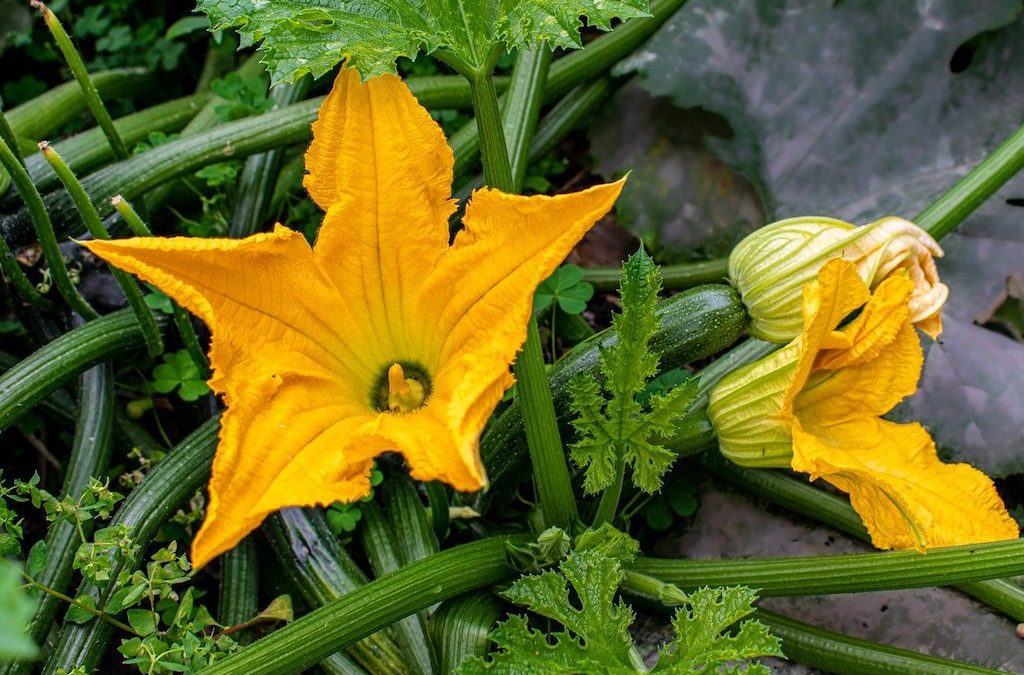
Gardening Jobs in July
What gardening jobs are there to do in July?
This is the time of the year that every gardener is waiting for! The garden is in its prime. Everything is growing, flowering and fruiting. It is a sheer joy to be out there, enjoying nature’s bounty.
July is a time of plenty. Early crops are beginning to ripen, and you can enjoy the fruits of your labour. But it is also a time to think ahead to the dark season and the crops you’d like to harvest then – they need to be sown and started now. There are plenty of gardening jobs to be done in July!
HARVEST:
Continue to harvest lettuce, radishes, beets, peas and courgettes. Long-season or perpetual raspberries and strawberries are still fruiting and can still be harvested.
Onions and garlic begin to topple over, a sure sign they are getting ready, but wait until the onion tops turn yellow before lifting them. Then, you can leave them on the ground or spread them in a well-aerated box or basket to dry them thoroughly.
Early runner beans and potatoes are also getting ready.
Harvesting herbs
Now is the prime time to harvest herbs. For culinary uses, it is best to pick herbs before they flower. Choose a dry, sunny day. Spread them out in a well-aerated place. Hanging them up in bunches actually encourages mould. Herbs are often rich in essential oils that quickly ‘fly off‘ in hot temperatures. Thus, it is best to dry them in the shade.
SOWING (for late season/winter harvest):
Now is the time to sow winter cabbages, kohlrabi and kale, mustards, and pak choi. If you have carrot seeds of late varieties, sow them now.
If you have a shady spot, you can continue to sow lettuce, chard, endive, chicory, chervil, radishes, coriander, rocket, and spinach. Keep them well-watered and not in full sun to prevent them from bolting too quickly.
TOMATO CARE
Tomatoes need a lot of water. Keep the moisture in the soil by spreading a thick layer of mulch around the base of the plants. If they don’t get enough water, the skins turn harder and will crack as the fruit develops. The best time to water is in the evening or early morning. Avoid splashing water directly on the leaves.
You can boost your plants by putting some compost around the base. Or, use liquid manure, such as nettle manure, or some other organic tomato feed available from the garden centre.
Watch out for blight and end rot. Remove yellowing leaves. Pinch out any shoots that develop in the leaf axils.
WATERING
Water your plants as needed, neither too much nor too little. Container plants are particularly vulnerable to drying out and need the most attention. Mulch well to keep the moisture in the soil.
Check out SeedsNow for your organic gardening supplies!
Happy Gardening!
Image by Cornell Frühauf from Pixabay
#Ads
Disclosure: Commissioned earned from your purchases at suppliers linked to on this page help to support this website and keep it afloat without random intrusive advertising.
Plant Profile:
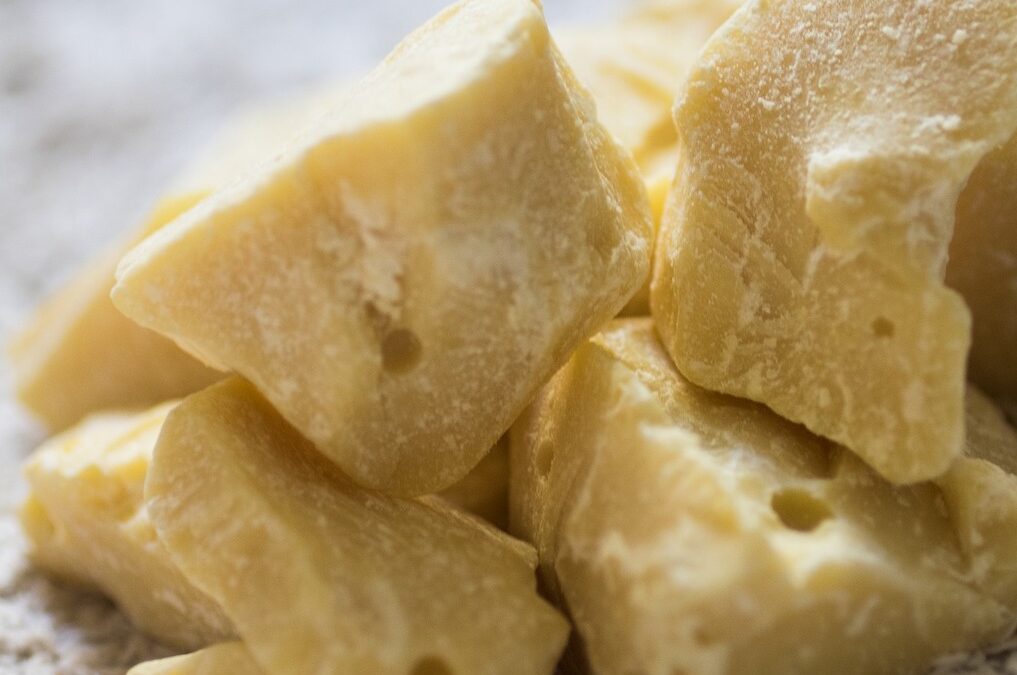
Cacao can do more – New Uses for an Old Crop
In the past, there has been a lot of organic waste from the Cacao harvest. Research has been focused on alternative uses for all the discarded pods and fruit pulp produced during the Cacao bean harvest.
CACAO BUTTER :
A white /yellowish oil, expressed from the crushed seeds
CONSTITUENTS:
Palmitic, Stearic-, Oleic-, Linoleic Acid, traces of Isoleic acid
ACTIONS:
Emollient and nutrient
Non-chocolate uses of Theobroma Cacao
Economically, the most important use of Cacao is for making chocolate and cocoa for all our favourite sweet stuff. Cacao fat, pressed from roasted Cacao beans, is a by-product that has its own uses.
Cacao Butter for Cosmetic and Pharmaceutical uses
The cosmetic industry uses Cacao butter as a nutritionally rich, moisturizing, and emollient fat in numerous skin-care products.
Cacao butter is solid at room temperature but melts at body temperature. Suppositories, meant to dissolve inside the body, are often made with Cacao butter. Lotions for haemorrhoids, vaginal and uterine lesions, or dry, chapped skin, lip balm and wound dressings also frequently contain Cacao butter.
Internally, Cacao butter can help soothe bronchial and intestinal irritations. In fact, even high quality, high percentage Cocoa and Chocolate has some amazing superfood properties.
New uses from waste products
During processing, the beans and some fruit pulp are left to ‘sweat’ for a few days, which changes the beans’ chemistry, reducing their bitterness and creating the right conditions for their characteristic chocolate flavour to develop. Although the pulp is an essential part of this process, only small amounts are. About 60% of the pulp goes to waste.
Cacao smoothies and juices
But it doesn’t have to. In Brazil, farmers remove much of the pulp to modify the acidity and obtain smoother-tasting beans. The fruit pulp is sold at the local market and turned into various delicious products. Cocoa fruit-pulp jelly is a local delicacy. It serves as an ingredient in juices or shakes. But it could also be frozen and used to flavour ice cream, yoghurt or sold as a fruit juice concentrate. Unfortunately, so far, preserving large amounts of pulp has proved difficult and costly.
To find ways to make more of the harvest, besides the beans, would be highly desirable, since Cacao prices on the global market are fickle, putting the small subsistence farmers at risk.
New uses for discarded pods
Traditionally, a certain proportion of discarded pods is fed to animals, but the pods are not very digestible. In West Africa, the discarded pods are burnt to yield potassium-rich ash, used for making soap. But composting them, or making bio-char which in turn could be used to return valuable nutrients to the soil, would reduce farmers’ dependence on chemical fertilizers and reduce their costs. (1)
In recent years, research has focused on other alternative products that could be obtained from Cacao without decreasing pod yields. (Antonio Figueira, Jules Janick, and James N. BeMiller, 1993)
Gum
One such product is gum, present in both the stem and, to a larger extent, in the pods. This gum has a similar composition as Karaya Gum, which is typically extracted from various Sterculia species.
The food- and pharmaceutical industries use it as an emulsifying agent and fixative. Studies show that Cacao pod gum compares favourably with Gum Karaya. Both contain the same monosaccharides, but Cacao pod gum also contains arabinose and has a higher proportion of rhamnose, making it better suited as a binder for pharmaceutical pills. In this respect, it is even superior to Gum Tragacanth. (Figueira et al. 1992).
Due to supply inconsistencies, the demand for Karaya gum has diminished. But Cacao pod gum could provide a superior and readily available alternative that could also provide a secondary source of income for subsistence farmers.
References
(1) Using Cocoa Pod Husks to Improve Crop Yields and Soil Quality
Figueira, A., J. Janick, and J.N. BeMiller. 1993. New products from Theobroma cacao: Seed pulp and pod gum. p. 475-478. In: J. Janick and J.E. Simon (eds.), New crops. Wiley, New York.
Figueira, A., J. Janick, M. Yadav, and J.N. BeMiller. 1992. Cacao gum: a potential new economic product. In: Proc. Int. Cocoa Conf. Challenges in the 90s (in press).
Unten, S., H. Ushijima, H. Shimizu, H. Tsuchie, T. Kitamura, N. Moritome, and H. Sakagami. 1991. Effect of cacao husk extract on human immunodeficiency virus infection. Letters Appl. Microbiol. 14:251-254.
More articles:
Why Hawthorn is your heart’s best friend
Plant Profile: Hawthorn (Crataegus monogyna) When the Hawthorn dapples the hedgerows with its pinkish-white blossom, we know that spring is here to stay. Typically, Hawthorn starts to flower at the end of April or the beginning of May, which is why it is also...
Foraging Dandelion
Everybody loves Dandelions! Nothing gladdens the heart more than the sight of a meadow covered in its bright yellow bloom.
Stinging Nettles
Few herbs are as generous as the humble stinging nettle. Inconspicuous, it assumes a modest corner in the garden: untended areas, half in the shade, perhaps near the compost where the soil is rich with nitrogen. Inconspicuous that is, until one happens to brush against it carelessly – which jolts our awareness rather painfully.
Hayfever Remedies
If you suffer from hay-fever, you are probably not so well pleased with the arrival of spring. Pollen-laden air can be a source of misery. But a number of natural remedies can alleviate the symptoms.
Foraging Ramsons
Wild Garlic, or Ramsons are a forager’s delight! A marvellous spring tonic and delicious wild kitchen treat, this versatile herb can be used in many ways. This Pesto is just one idea.
Vinegar of the four thieves
There is a famous herbal formula, known as the Vinegar of the Four Thieves, which dates back to the times when Europe was ravished by the Black Death. Apparently, it had the power to fend off any ills!
The Camphor Tree
The characteristic scent of Camphor is familiar to anyone who has had a close encounter with VapoRub, but few have ever seen the pure, white crystalline substance from which the scent derives. Still, fewer are aware that this mysterious substance is entirely natural and comes from a tree that is native to southern China, southern Japan, and Taiwan. The Camphor Tree (Cinnamomum camphora) is closely related to the Cinnamon Tree, (Cinnamomum zeylanicum), with which it is sometimes confused. However, the unmistakable scent of the leaves immediately reveals its true identity.
Spring Detox
The idea of a body cleanse is to support the body’s eliminative functions in order to help it in the process of getting rid of accumulated metabolic waste products, which often linger on in a sluggish system.
Plant profile: Turmeric – Curcuma longa
Turmeric has a long history of use, not just as a spice, but also as a healing agent and a magical herb. As a spice, it is best known as one of the principal components of curry powder, to which it dons the characteristic yellow colour.
Ayurveda
Ayurveda is one of the oldest healing traditions in the world, spanning about 5000 years of unbroken practice. Often described as a philosophy of life rather than just a system of medicine, the name actually translates as ‘science of life’.
Birch (Betula sp.)
Description: The graceful birch tree has always held a special place in our hearts and minds. Traditionally she was perceived as a youthful Goddess of love and light. Yet, her soft feminine and almost fragile appearance belie her hardy nature. Birch is a tree of...
A strong immune system is your best defense
A strong immune system is your best defence. Garlic, ginger, lemon, turmeric and other common foods can help to keep the immune system strong.


